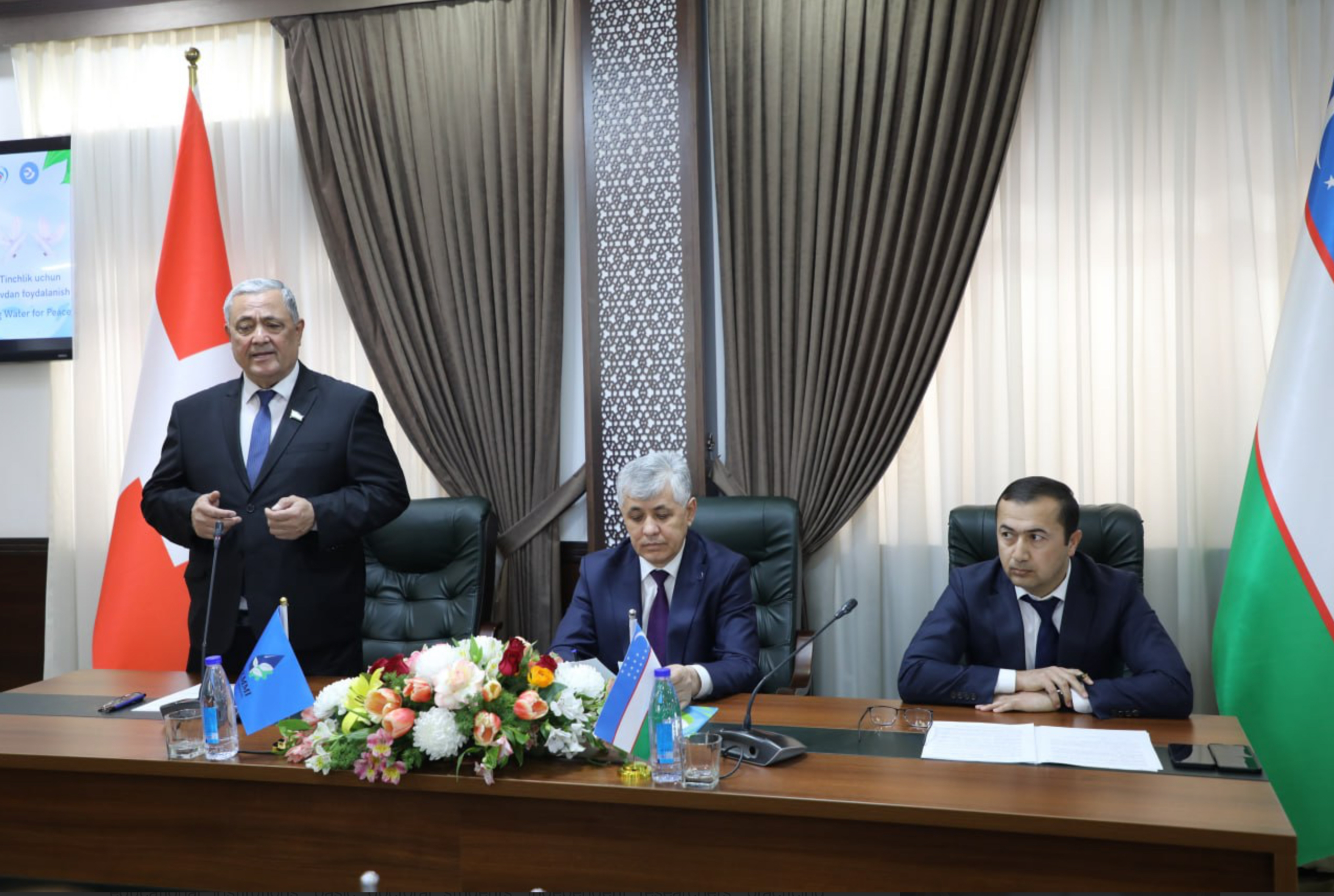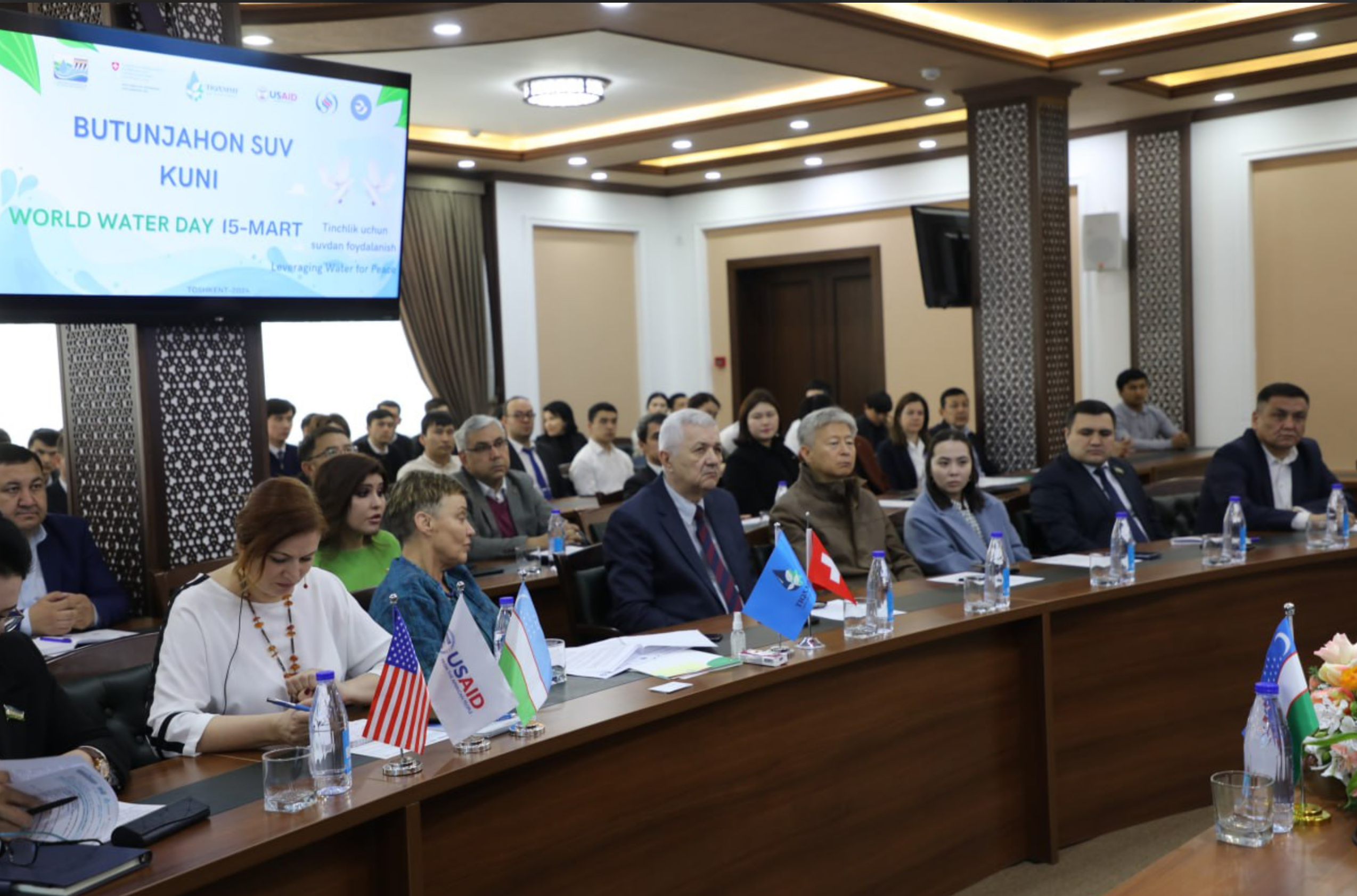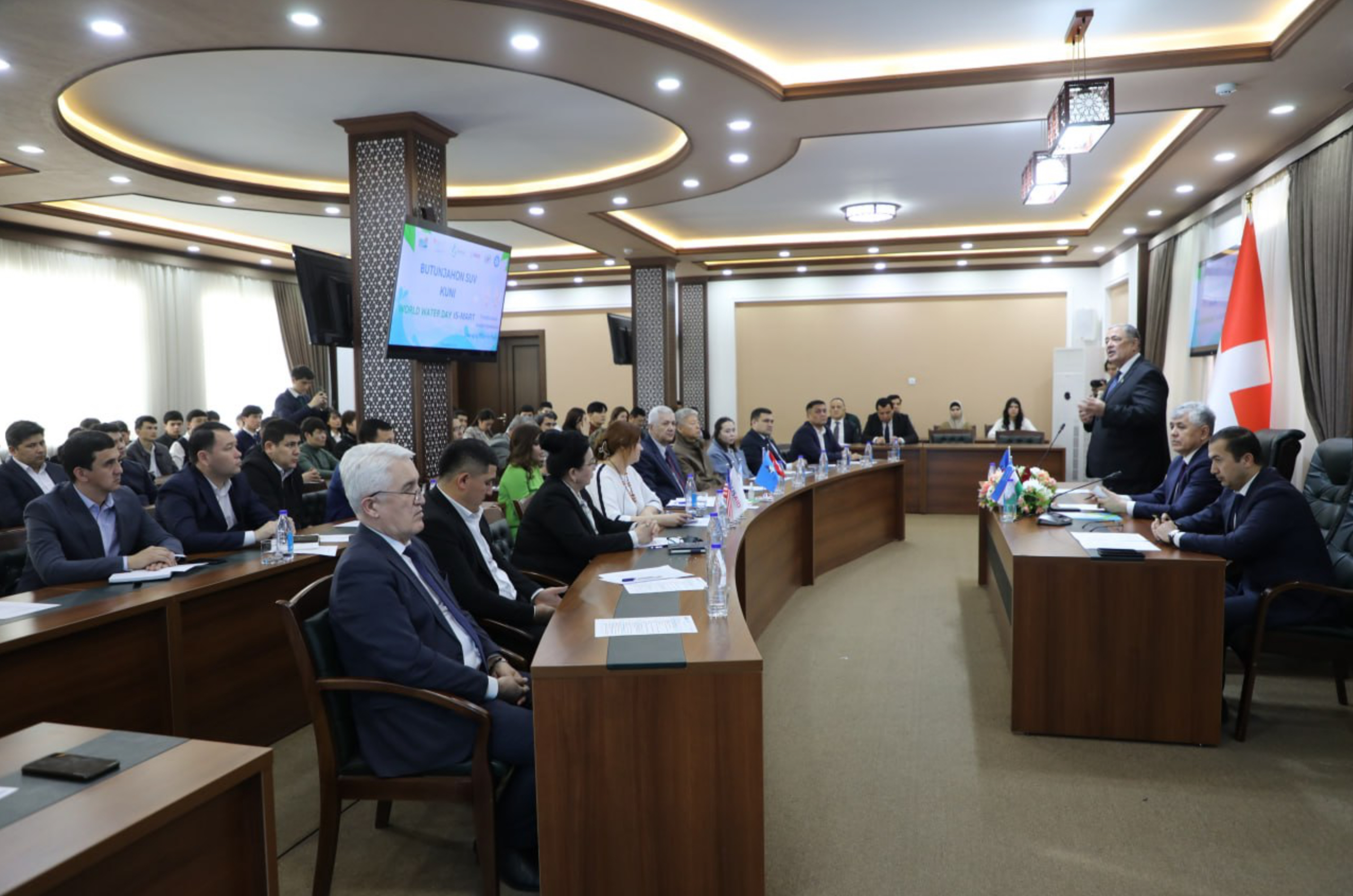Tackling the imminent challenges posed by diminishing water resources, Uzbekistan convened a conference on March 15, centered on the theme "Introduction of innovative technologies in water management: problems and solutions." Hosted by the Senate Committee on Agrarian and Water Management issues in collaboration with the Ministry of Water Management, the event drew participation from a diverse array of stakeholders.

With estimations suggesting a concerning trajectory for water availability in key basins, projections indicate a potential decrease of 5% in the Syr Darya basin and 15% in the Amu Darya basin by the year 2050. The gravity of the situation is underscored by past data, revealing a cumulative water deficit exceeding 3 bn m3 in Uzbekistan until 2015, with forecasts hinting at a staggering 15 bn m3 deficit by 2030.
Participants at the conference, ranging from senators to representatives from various ministries, scientific institutions, agricultural bodies, and media, engaged in robust discussions aiming to address the multifaceted challenges facing the water management sector. Key focal points included enhancing research and development endeavors, fostering widespread adoption of innovative technologies, and fortifying knowledge dissemination within the agricultural domain.

The discourse illuminated the mounting pressures exacerbated by global climate shifts, manifesting in reduced precipitation, dwindling glacier reserves, and complications in transboundary water utilization. Against this backdrop, Uzbekistan currently utilizes an annual average of 51-53 bn m3 of water resources, predominantly sourced from rivers and streams, but falling short of the allocated intake limit by a notable 20 percent.
Of the total water utilized across economic sectors, agriculture emerges as the primary consumer, accounting for 90% of the usage, followed by industry, utilities, and other sectors. Strides were made in 2023 towards bolstering water infrastructure, including the construction and rehabilitation of canals, channels, hydraulic structures, and drainage networks, signaling tangible progress in augmenting irrigation and land reclamation capabilities.

The conference also deliberated on the imperative of establishing a holistic framework for charting developmental trajectories grounded in empirical analyses of prevailing challenges in technology integration. Emphasis was placed on the imperative of translating scientific breakthroughs into tangible outcomes within the sector.
In culmination, the conference yielded a set of recommendations aimed at steering the water management industry towards resilience and sustainability in the face of mounting adversities.
Water Challenges
Central Asia grapples with a critical water dilemma, aggravated by shifts in climate patterns and inconsistent regional policies regarding water management. Given that agriculture serves as a vital pillar of the region's economy, supporting the livelihoods of over half its population, the looming specter of water scarcity presents a substantial threat.
Roughly 90% of the region's water is allocated for agricultural purposes, yet the efficacy of irrigation systems hovers below the 50% mark. This inefficacy, alongside internal water-related challenges such as pollution and inadequate potable water provision, imperils food security.
Uzbekistan presently ranks 25th among 164 nations facing the most pronounced water stress worldwide. This predicament is anticipated to worsen with a projected population surge to nearly 40 mn by 2030, exacerbating the existing water deficit from 13-14% to a deeply troubling 44-46%. The resultant repercussions on critical sectors like agriculture and industry within the nation are poised to be severe.
Follow Daryo's official Instagram and Twitter pages to keep current on world news.
Comments (0)